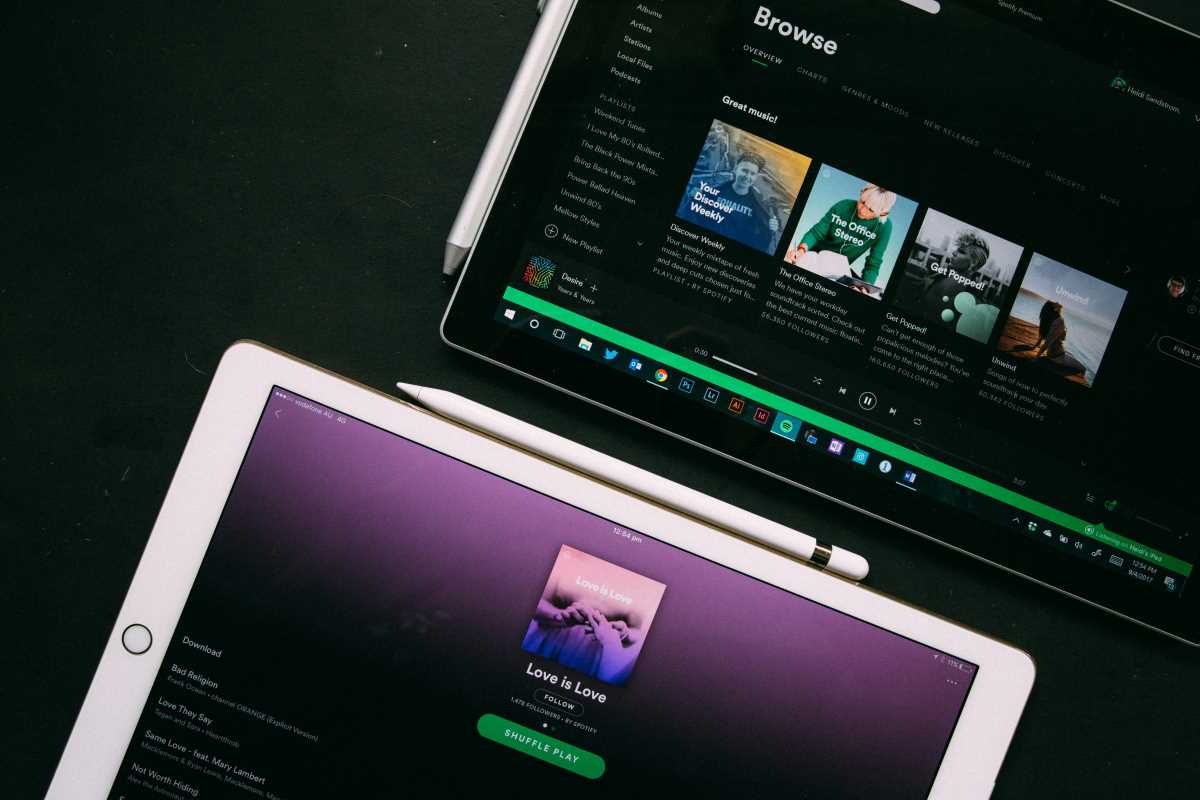There’s something enchanting about a group of voices harmonizing over a steady beat, but we’re not discussing chart-topping pop hits on Spotify here. We’re talking about sea shanties. These old maritime work tunes, once sung by sailors to coordinate their labor on ships, have made a surprising splash on social media. Platforms like TikTok turned these vintage melodies into a global phenomenon, with creators worldwide collaborating to belt out dramatic harmonies. But how did sea songs make the leap from historic decks to trending hashtags? And why do they resonate so strongly in today’s digital age? Grab your headphones (or a pirate hat for flair), and join us as we explore the delightfully odd and unexpectedly viral world of sea shanties and maritime folk songs.
What Are (and Aren’t) Sea Shanties?
First, a key clarification about sea shanties. These are traditional work songs that sailors primarily used during the 18th and 19th centuries. The rhythmic structure was designed to keep sailors in sync while hauling ropes, raising sails, or performing similar tasks. For example, during the hard pull of a rope, a leading singer (the chanteyman) would sing a line, and the crew would chant back in unison during the strenuous actions. This call-and-response style created a sense of unity and lightened the workload’s monotony.
But here’s where things get tricky. Not every song about the sea is a shanty. Songs such as “The Wellerman,” which took TikTok by storm, are not technically sea shanties. Instead, they’re maritime folk songs. “The Wellerman” was a recreational tune popular with 19th-century whalers in New Zealand, rather than a work song designed for labor coordination. The distinction lies in their purpose and usage, though the internet often lumps all nautical tunes together under the "shanty" label. Despite this mix-up, one thing’s for sure: maritime music tugs at our imaginations and connects us to a storied past.
From TikTok Obscurity to Global Fame
The resurgence of interest in maritime songs began in mid-2020, led by a Scottish postal worker named Nathan Evans. He started uploading traditional sea songs to TikTok, with his rendition of “The Wellerman” going viral in late 2020, sparking what’s now affectionately called “ShantyTok.” What made this whaling folk song so iconic wasn’t just its catchy melody but how it lent itself to collaboration. TikTok users quickly began duetting the song, layering their voices to create powerful harmonies. Millions of views later, the old sailing song had transformed into a modern internet anthem.
By January 2021, Nathan Evans’ viral success earned him a record deal, and his remix of “The Wellerman” peaked at the top of charts around the world. The #ShantyTok trend had officially sailed into pop culture, drawing in contributions from musicians, comedians, and even celebrities like Brian May and Andrew Lloyd Webber.
Why Are Shanties (and Maritime Songs) so Addictive?
There’s something infectious about nautical tunes, but what makes them particularly appealing in today’s digital culture? One reason is their collaborative nature. Shanties like “Leave Her Johnny” or ballads like “The Wellerman” thrive on communal participation. TikTok’s duet feature amplified this quality, as users could seamlessly add their vocals to existing performances. It’s social media at its most interactive.
Timing played a big role too. During the isolating early months of the COVID-19 pandemic, joining in on a sea shanty became a joyful way to connect with others. Creating digital harmonies felt communal, even while stuck at home. What’s more, these songs offer a stark contrast to the hyper-polished aesthetic dominating Instagram or the choreographed dances ruling TikTok. Shanties are raw, loud, and deliberately unpolished. You don’t need good lighting or flawless vocals to join in; it’s about the energy and the story.
And speaking of stories, maritime songs tap into deep-seated nostalgia and adventure. They tell tales of the high seas, faraway places, and camaraderie. For a moment, they transport us to simpler times, filled with roaring waves and the smell of salt air. It’s a slice of escapism wrapped in toe-tapping rhythm.
Stars of ShantyTok and Their Creative Twists
Nathan Evans brought maritime music into the limelight, but he’s far from the only creator riding this wave. Bristol-based folk band The Longest Johns, known for their modern renditions of maritime songs, experienced a surge in recognition thanks to the trend. Though their tracks include true shanties as well as recreational sea songs, their harmonies struck a chord with millions of listeners. Their version of “The Wellerman” even contributed to its viral popularity.
Other creators have put playful spins on the genre. Many reimagined shanties to reflect modern life, crafting humorous parodies about Zoom meetings or online dating. For example, the “Shanty of the Work Call” humorously recounts the woes of forgetting to unmute and buffering connections. These creative twists keep the trend vibrant and relatable to a younger, tech-savvy audience.
What This Trend Tells Us About Social Media Culture
The sea shanty trend reveals some deeper truths about what we want from social media. At its heart, ShantyTok was about creating something together. People from all over the world added their voices to age-old songs, turning them into modern anthems of collaboration and community. It was less about individual performances and more about shared experiences.
This trend also underscores our fascination with blending tradition and technology. We’re using tools like TikTok to reinvent the past, giving new life to cultural relics we might otherwise overlook. Who would’ve thought smartphones would help revive work songs from 19th-century ships?
#ShantyTok may not be as popular now, but the charm of these songs remains timeless. Maybe the next time you hear a rousing chorus of “Soon may the Wellerman come,” you’ll feel inspired to join in. After all, whether on a ship’s deck or through a smartphone screen, singing together has always brought people closer.
 (Image via
(Image via

.jpeg)



